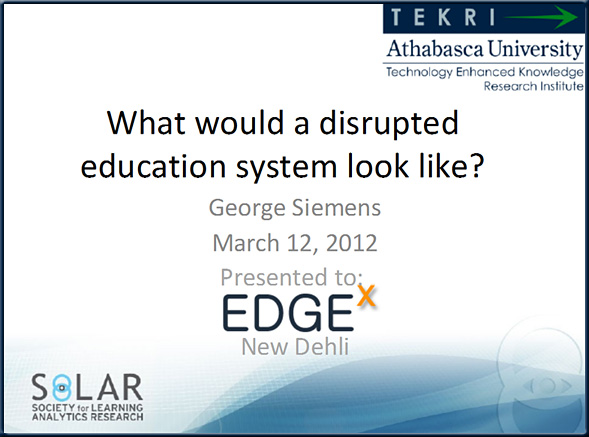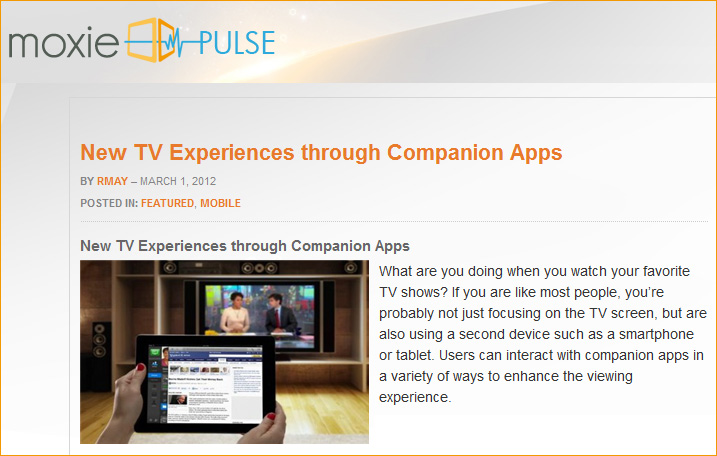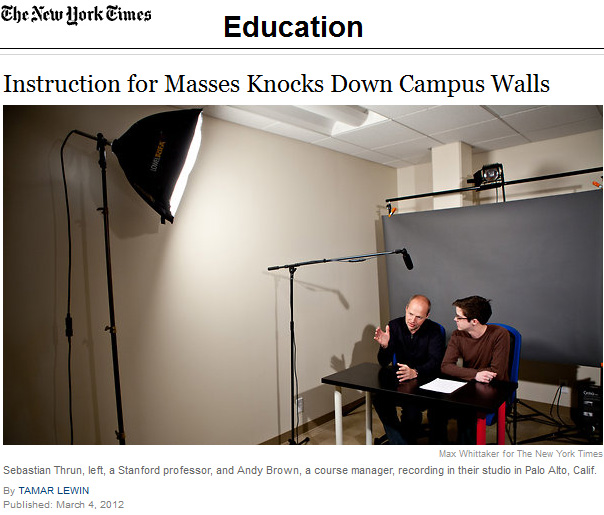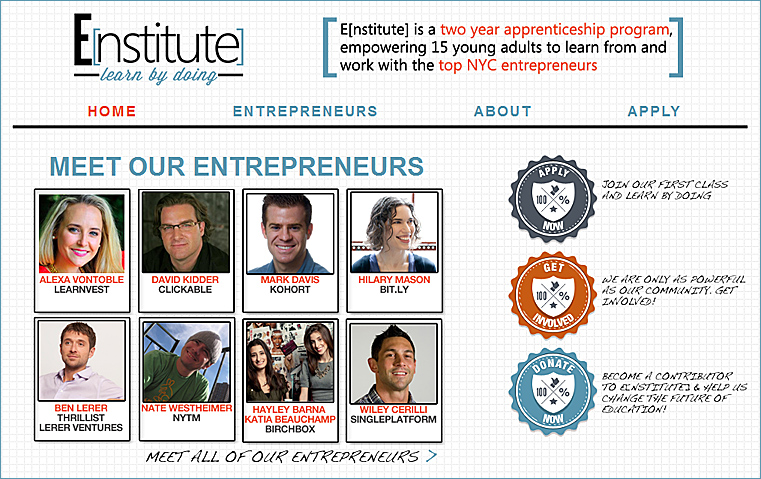On 03/16/2012,
in Canada, disruption, education, emerging technologies, future of higher education, game-changing environment, higher education, India, learning ecosystem, open courseware and systems, UK, United States,
by Daniel Christian
On 02/20/2012,
in 21st century, 24x7x365 access, A/V -- audio/visual, architecture, convergence, dangers of the status quo, Daniel S. Christian, emerging technologies, future, future of higher education, game-changing environment, New "Amazon.com" of Higher Education, smart/connected TV, technologies for your home, television, trends,
by Daniel Christian
On 02/14/2012,
in dangers of the status quo, disruption, future of higher education, game-changing environment,
by Daniel Christian
TEDxAshokaU — Arizona State University on February 10, 2012
…the TEDxAshokaU event featured leaders speaking on the topic of “Disruptive Innovation in Higher Education”.
Speakers
- Barbara Bush, President & Founder, Global Health Corps
- Michael Crow, President, Arizona State University
- Desh Deshpande, Co-Founder & Chairman, Sycamore Networks
- Anne Dwane, CEO, Zinch
- Liz Dwyer, Education Editor, GOOD Magazine
- Abby Falik, Founder & CEO, Global Citizen Year
- Dale Stephens, UnCollege
- Christer Windeløv Lidzélius, CEO & Principal, KaosPilots
- Greg Van Kirk (MC), Co-Founder, The New Development Solutions Group
- George Glickley (MC), Co-Founder, The New Development Solutions Group
- John Cooper, TEDx faculty wildcard
- Fernando Padilla, TEDx student wildcard
On 02/02/2012,
in curriculum, Daniel S. Christian, future, future of higher education, game-changing environment, trends,
by Daniel Christian
.
From “WorldFuture 2012 Master Courses”
Why take a master course?
- Become better equipped to choose from various methods when facing a particular challenge.
- Learn about primary and secondary research methodologies, examine classical futuring techniques, including scenario planning, trend and product forecasting, crisis preparedness, and transformation and hyper-change sensitivity.
- Develop critical thinking, listening, and observational skills.
- Increase your ability to enhance planning today to better anticipate obstacles and opportunities in the future.
WorldFuture 2012 Master Courses
- C-1 Introduction to Futures Studies
- C-2 Foresight Educators Boot Camp
- C-3 Wiser Futures: Using Futures Tools to Better Understand and Create the Future
- C-4 Society 3.0: Technology Transformations in Society, Work, and Higher Education
- C-5 The Human Dynamics of Creation to Effect Change
- C-6 Identifying and Exploring Security’s Futures and What Can Be Done to Prepare
- C-7 An Insider’s Guide to Foresight Consulting: A Case Study Approach
- C-8 Futurist Writers’ Workshop
- C-9 Scenario Planning: How to Build and Use Scenarios
- C-10 Weak Signals and Minitrends: Foundations for Truly Innovative Organizations
.
From DSC:
When the world is moving at 180 miles per hour, we can’t be looking 5-10 feet ahead of the race car. The necessity of peering out into the horizon is key. Students need to develop the ability to pulse-check a variety of factors and landscapes. They need to develop an appreciation for developing potential future scenarios and then figuring out their responses/plans to these scenarios. This also applies to those of us working in higher education…especially these days!
When the world is moving at 180 miles per hour, we can’t be looking 5-10 feet ahead of the race car. The necessity of peering out into the horizon is key. Students need to develop the ability to pulse-check a variety of factors and landscapes. They need to develop an appreciation for developing potential future scenarios and then figuring out their responses/plans to these scenarios. This also applies to those of us working in higher education…especially these days!
.



















